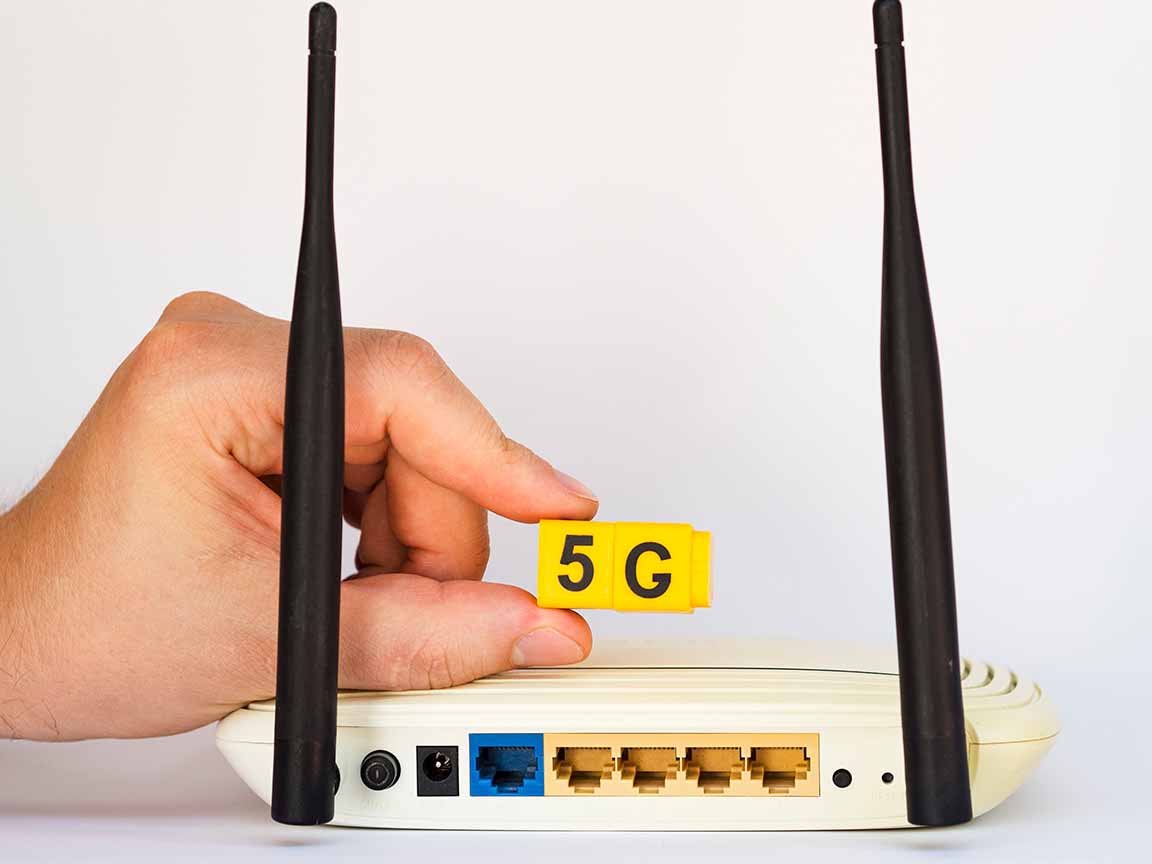What is the meaning of LAN?
Local Area Network (LAN):
At the heart of our immediate surroundings, LANs create a web of connectivity within a confined space, whether it be our homes, offices, or educational institutions. These networks empower us to effortlessly share files, printers, and internet connections among devices in close proximity. With high data transfer rates and cost-effectiveness for smaller areas, LANs have become the lifeblood of local digital ecosystems.
What is the meaning of WAN?
Wide Area Network (WAN):
As our interactions extend beyond the boundaries of a single location, WANs step onto the stage, providing the connective tissue that spans cities, countries, and continents. These expansive networks interlink multiple LANs and other networks over long distances, leveraging diverse communication links such as satellites, leased lines, or the vast expanse of the internet. While WANs may operate with slightly lower data transfer rates than LANs, their crucial role in connecting geographically dispersed locations cannot be overstated.
In this exploration of LANs and WANs, we embark on a journey to unravel the intricacies of these networks, understanding how they shape our digital experiences. From the intimate connections within our homes to the sprawling networks that bridge continents, LANs and WANs weave the story of our interconnected world. Join us as we delve deeper into the dynamics of local and wide-reaching networks, unlocking the mysteries that make modern communication possible.
What is LAN and WAN difference advantages and disadvantages?
Local Area Network (LAN) – Advantages:
- High Data Transfer Rates: LANs typically offer high-speed data transfer rates, allowing for quick and efficient communication between connected devices.
- Resource Sharing: LANs facilitate the sharing of resources such as printers, files, and internet connections among connected devices, promoting collaboration.
- Cost-Effective: LANs are often cost-effective to set up and maintain, making them feasible for smaller-scale deployments like homes and offices.
- Low Latency: With devices in close proximity, LANs experience low latency, ensuring responsive communication and real-time interactions.
Local Area Network (LAN) – Disadvantages:
- Limited Geographic Range: LANs are confined to a specific geographic area, limiting their coverage to a single building or a campus.
- Scalability Challenges: Scaling up a LAN can be challenging, especially when attempting to connect multiple LANs over larger distances.
- Security Concerns: As LANs are accessible within a limited area, unauthorized access or security breaches can pose a risk to sensitive data.
Wide Area Network (WAN) – Advantages:
- Global Connectivity: WANs enable connectivity across large geographical areas, connecting devices and networks globally.
- Remote Access: WANs facilitate remote access to resources, allowing users to connect to the network from different locations.
- Scalability: WANs are scalable and can accommodate the expansion of networks over extended distances, making them suitable for growing organizations.
- Diverse Communication Links: WANs can use various communication links such as leased lines, satellites, and the internet, providing flexibility in network design.
Wide Area Network (WAN) – Disadvantages:
- High Implementation Costs: Building and maintaining WAN infrastructure can be expensive, involving costs related to communication links and equipment.
- Slower Data Transfer Rates: WANs may experience slower data transfer rates compared to LANs, especially over longer distances.
- Complex Configuration: Configuring and managing WANs can be complex due to the diverse communication links and technologies involved.
- Security Challenges: The extensive reach of WANs increases the surface area for potential security threats, requiring robust security measures.
| Feature | WAN | LAN |
| Scope | Spans large geographical areas (cities, countries, continents). | Confined to a limited geographic area (homes, offices, campuses). |
| Connectivity | Connects multiple LANs and other networks over long distances. | Interconnects devices within a specific, close-knit area. |
| Data Transfer Rates | Generally has lower data transfer rates compared to LANs. | Typically features high data transfer rates within the local environment. |
| Topology | Often uses diverse communication links like leased lines, satellites, and the internet. | Commonly employs Ethernet-based technologies and operates on a single site. |
| Cost | May involve higher costs due to the need for long-distance communication infrastructure. | Generally more cost-effective for smaller-scale implementations. |
| Examples | Internet, global corporate networks, intercontinental communication links. | Home networks, office networks, school networks. |
This table provides a quick overview of the fundamental distinctions between WANs and LANs, emphasizing their scope, connectivity, data transfer rates, network topology, costs, and examples of implementation.
Examples of LAN and WAN
Examples of LAN (Local Area Network):
- Home Network: The network within a household, connecting devices like computers, smartphones, printers, and smart home devices.
- Office Network: The local network within an office environment, facilitating communication and resource sharing among computers and devices.
- School or Campus Network: Networks within educational institutions, linking classrooms, labs, and administrative offices for collaborative learning and administration.
- Coffee Shop Wi-Fi: Wireless networks in public spaces, like coffee shops, providing internet access to customers within a limited area.
- Gaming Local Area Network (LAN Party): Temporary LAN setups for multiplayer gaming events where participants connect their devices for gaming sessions.
Examples of WAN (Wide Area Network):
- Internet: The global WAN that connects millions of networks worldwide, enabling global communication and access to information.
- Corporate Wide Area Network: Interconnecting multiple office locations of a company spread across different cities or countries.
- Global Research Network: Networks that connect research institutions and laboratories worldwide, facilitating collaborative research.
- Telecommunication Networks: Networks operated by telecommunication companies that span large geographic areas to provide services like phone and internet connectivity.
- Cloud Computing Infrastructure: The infrastructure that supports cloud services, connecting data centers located across different regions or even continents.
Is Wi-Fi a LAN or WAN?
Wi-Fi is a technology used for local wireless networking and is typically associated with LANs (Local Area Networks). When you connect to a Wi-Fi network, you are usually connecting to a local network within a specific location, such as your home, office, or a public space like a coffee shop. In this context, Wi-Fi serves as a means to provide wireless connectivity to devices within the immediate vicinity, making it an integral part of LAN technology.
WAN Port vs LAN Port Forwarding
Port forwarding is a technique used in networking to allow external devices or services to access specific devices or services within a private local network. Both WAN (Wide Area Network) port forwarding and LAN (Local Area Network) port forwarding involve configuring network devices to direct traffic to a specific port on a specific device. However, they serve different purposes:
- WAN Port Forwarding:
- Purpose: WAN port forwarding is typically configured on a router or gateway that connects a local network to the wider internet. It allows external traffic from the internet to be directed to a specific device or service within the local network.
- Example: If you want to host a web server or a gaming server within your home network, you might use WAN port forwarding to ensure that external requests to a specific port (e.g., port 80 for HTTP) are directed to the correct server within the LAN.
- LAN Port Forwarding:
- Purpose: LAN port forwarding is configured within the local network and involves directing traffic from one device within the network to another device on a specific port.
- Example: If you have two devices within your home network, and you want device A to communicate with device B on a specific port, you might use LAN port forwarding to ensure that traffic is correctly directed.
Conclusion
LANs (Local Area Networks) are like the neighborhood streets, connecting devices within a limited area like homes or offices. They make local communication and resource sharing seamless.
WANs (Wide Area Networks), on the other hand, are like the highways, linking LANs across cities, countries, or even continents. They enable global connectivity, powering the internet and connecting us on a larger scale.
In essence, LANs keep things running smoothly within our immediate surroundings, while WANs pave the way for communication on a grander scale, linking us to the vast world beyond.

